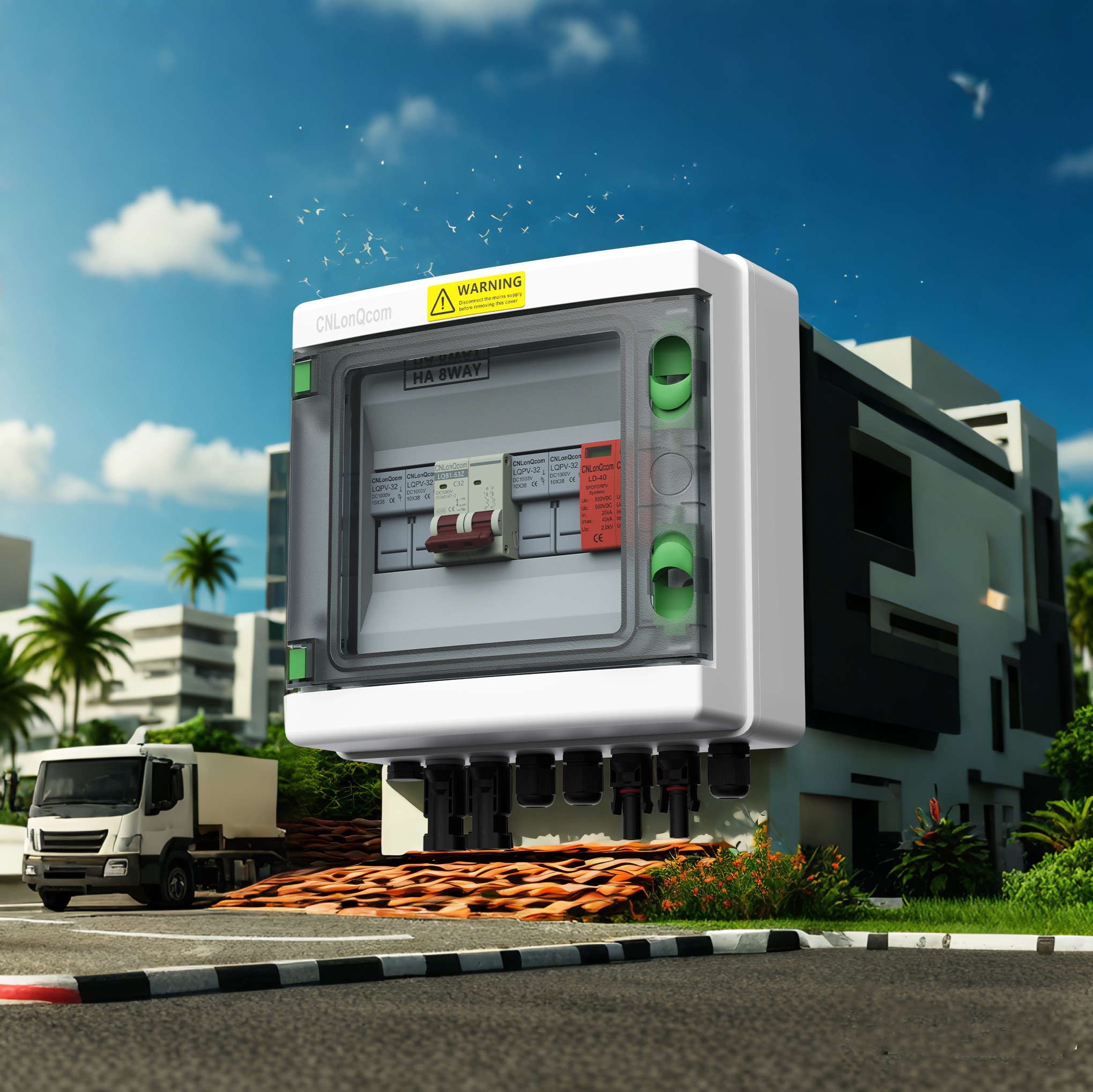The difference between a light fuse and a non-light fuse
2025-04-07
1. What is a fuse?
A fuse is an electrical component used for circuit protection whose core function is to automatically fuse when the current exceeds the rated value, cutting off the circuit and thereby preventing equipment damage or fire risk. The fuse is usually composed of a metal fuse (or fuse) and an insulating shell, and when the current is abnormally high, the fuse melts due to overheating and breaks the circuit.
2. Use scenario of the fuse
Fuses are widely used in various electrical systems, the main application scenarios include:
(1) Household and industrial circuit protection
Distribution box, fuse box
Air conditioning, refrigerator and other high-power electrical appliances
Motor, transformer and other industrial equipment
(2) Protection of electronic equipment
Power adapter
Automotive circuits (e.g. car audio, ECU)
Photovoltaic system (Solar Inverter)
(3) Special environment applications
Explosion-proof occasions (such as mines, chemical plants)
Aerospace equipment (High reliability requirements)
3. Advantages of a light fuse
Illuminated Fuse adds a blown status indicator (usually LED) to the traditional fuse, with the following advantages:
(1) Fast fault diagnosis
After the fuse, the indicator lights up (or goes out, depending on the design), and no need to open the inspection to determine whether the fuse is broken.
Suitable for densely installed circuit boards or power distribution cabinets to improve maintenance efficiency.
(2) Improve safety
Avoid misoperation (such as replacing fuses while live).
Failure points can be clearly identified in dark environments.
(3) Intelligent trend
Some high-end models support remote alarm (e.g. via signal output to PLC).
4. Light fuse vs. ordinary fuse
Comparison item with lamp fuse Ordinary fuse
The status indicator has an LED indicator light, which needs to be manually detected or measured when the fuse is on/off
Maintenance efficiency Locating faults quickly and reducing downtime takes a long time
Higher cost (add LED circuit) lower
Application scenarios High-value equipment, complex circuit systems, simple circuits, cost-sensitive applications
Higher security (reduced risk of misoperation) relies on human judgment
5. How to choose the right fuse?
Current/voltage matching: Select a model with a rating slightly higher than the operating current. Can choose to match with 1000 V and 1500 V ,6A / 10 A/ 20A/ 15A / 32A/35A molten core
Fuse speed (fast break/slow break) : sensitive electronic equipment with fast break, motor class with slow break.
Environmental requirements: Select the anti-corrosion model in high temperature and humid environments.
Whether status indication is required: It is recommended to bring light fuse for frequent maintenance.
6. Conclusion
Fuses are the "guardian" of circuit safety, and fuses with lights further improve maintenance efficiency and safety by visualizing fault indications. In high-demand scenarios such as industrial automation and data centers, light fuses are becoming a trend, while ordinary fuses are still suitable for low-cost, simple circuit applications.
Choose CNLonQcom fuses, all through the CE certification, can not only ensure the safety of equipment, but also reduce operation and maintenance costs! Let us keep your electricity safe.


